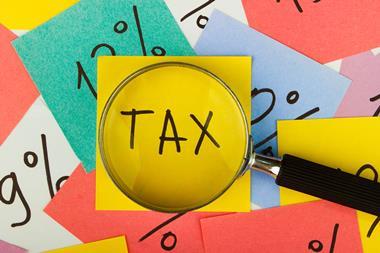Stephen Kennedy, director of insurance pricing at Pearson Ham Group, discusses the drivers of car insurance pricing last year and how this could impact premiums in 2024
In 2023, the UK car insurance market experienced premiums increasing at an unprecedented rate.
Competitive prices quoted on price comparison websites rose by 47% throughout the year. Several key factors have driven this soaring premium inflation in the UK, such as post-Brexit import tariffs, the longer-term effects of Covid-19, the war in Ukraine, high rates of inflation and the cost of living crisis.
An increase in claims frequency, observed as more vehicles returned to the road post-pandemic, has been exacerbated by rising inflation and cost of living pressures. During times of economic hardship, we tend to see more consumers lapsing their insurance policies and an increased rate of fraudulent claims.

The cost of vehicle repairs and parts have surged – partly due to inflation and partly because of expensive new technology. The cost of vehicles being written off has increased because parts shortages for new vehicle manufacturing has increased the value of secondhand cars.
Last year, the ABI highlighted a 46% increase in average vehicle repair costs and a 52% rise in the costs of providing replacement cars while repairs were undertaken. Lack of repair parts, increased prices and labour shortages were cited as causes. In this context, it’s clear to see why premiums had to rise.
By the end of September 2023, UK motor insurance prices were 46% higher than the previous year.
Further increases of almost 3% in October and 1% in November followed. However, for the first month since April 2022, prices in December 2023 dropped.
Larger reductions were observed in January 2024, with the average across the top five price comparison website quotes dropping by 2.7%. Average prices then increased again in February and March this year.
New year strategies
However, these figures mask a range of diverse approaches being undertaken by car insurers.
Some providers dropped rates at the start of this year and have continued to do so. Some have plateaued prices, others have continued the upward trend observed throughout 2023, while a further collective reduced prices in January only to bring them back up again.
The level of premium inflation – and at least some positive 2023 results – may mean that certain providers are now able to become more competitive and pursue new business growth strategies. Others may still have some way to go before returning to a profitable position.
The future of car insurance premiums remains uncertain.
The trends indicate that while the immediate pressure on prices may have eased slightly, the underlying factors driving costs up remain. Inflation may be dropping, but it remains a concern and insurers are continuing to update renewal and new business pricing strategies while addressing regulatory pressures.
The UK car insurance market has seen a remarkable period of inflation over the past year, driven by a complex interplay of increased claims, higher repair costs and broader economic factors.
While there’s an indication of overall price stabilisation as we move into 2024, different providers are taking very different approaches.
It’s an interesting time and is more important than ever for insurers to understand how competitor and market prices are moving and the impact of this on their own trading performance.













































